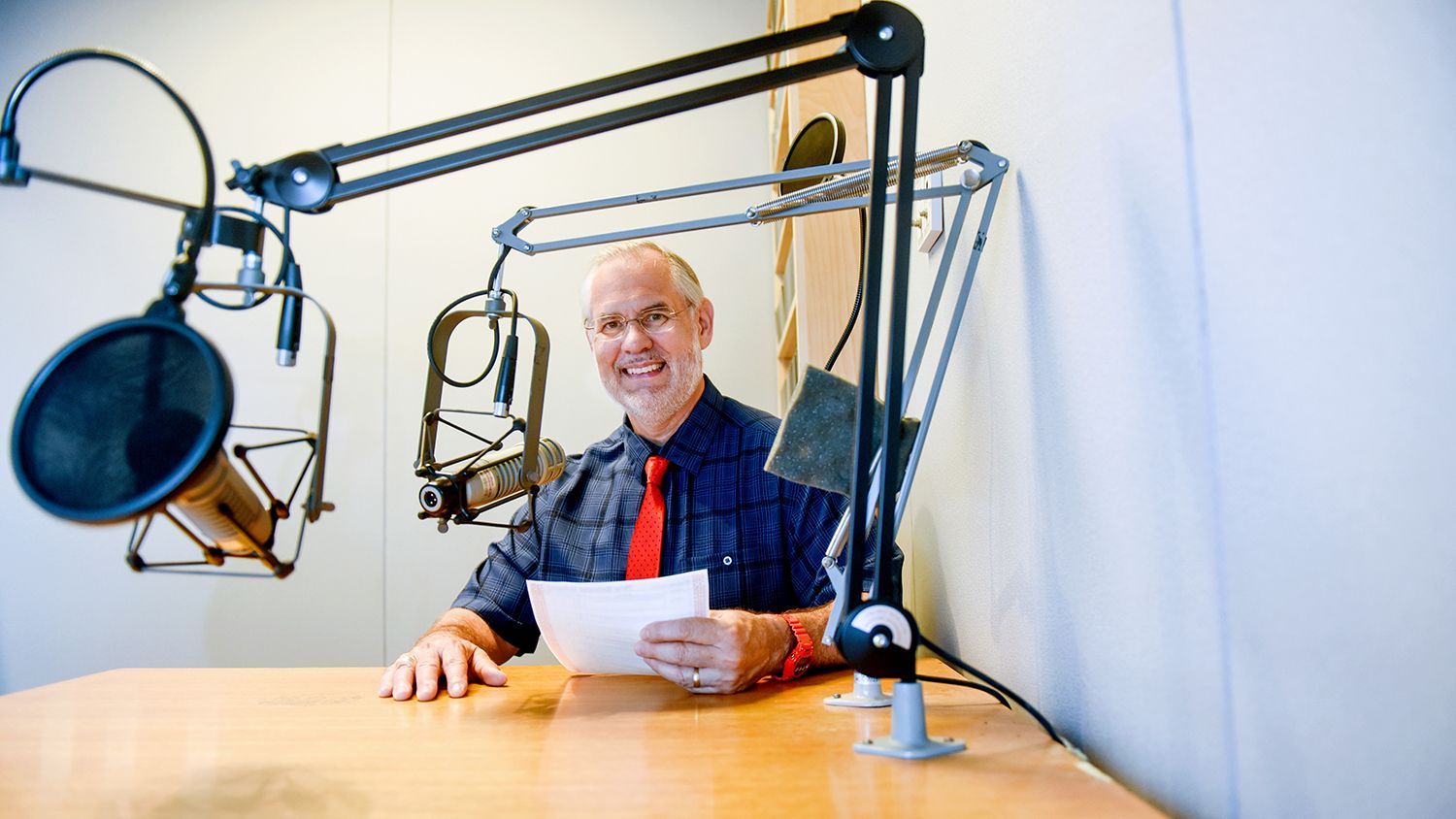You Decide: Which Dominates, Bad or Good Economic News?

By Mike Walden
Many experts say humans tend to focus on bad news over good news. The logic is that bad news can threaten our well-being—perhaps our very existence—whereas good news may make life better but often is not life-changing.
We tend to see these reactions to economic news. For example, big declines in employment will often get headlines, whereas similar increases in jobs will receive a mention, but maybe not a headline.
Like most time periods, today’s economic news is a mix of bad and good. My goal in today’s column is to present both, and then let you decide which should be getting top billing in the media.
Let’s begin with the bad news. Many surveys show inflation is the top economic issue among households. Inflation has a double-barreled negative impact on household budgets. First, by definition, higher inflation means the prices of items we buy are rising faster. Second, if our income doesn’t increase at the same pace—which is often the case—our standard of living drops.
Because the average worker’s earnings have not kept pace with inflation since 2020, the purchasing power of household earnings has fallen 7%. This cut in our standard of living is not unique; it usually happens with rapidly rising prices. And although most household earnings will catch up when high inflation subsides, it usually takes years for this to occur.
Interest rates for borrowing are another big negative news item. In the last two years, the average interest rate on a home mortgage has doubled, and credit card interest rates have risen six percentage points. These increases have made it harder for people to buy homes and other expensive products that require borrowing. The high rates also mean households must devote more of their income to servicing their debt. Household payments on debt as a percentage of personal income are now higher than they were prior to the pandemic.
Finally, gas prices are a concern. Although today’s price of $3.50 to $4 per gallon is well below the $5 a gallon in mid-2022, drivers still remember the $2 to $3 per gallon price during the years just prior to the pandemic. Furthermore, if the new war in the Middle East restricts world oil supplies, gas prices could go much higher.
The result of this bad news is summarized in how households evaluate their personal financial situation. The Federal Reserve conducts an annual survey on this issue. The latest survey from 2022 shows the percentage of households rating their personal finances good or excellent continues to drop, extending a trend that began in 2020.
Now on to the good news. Although average consumer prices are still rising, the increases are moderating. During the summer of 2022, average consumer prices were rising 9% year-over-year. The latest year-over-year inflation rate is now 3.7%. The Federal Reserve, which is the key player in controlling inflation, has a goal of reaching a 2% year-over-year inflation rate. The 2% rate is significantly lower than the 3.8% annual average over the past 50 years.
The economy also continues to grow. The value (after removing inflation) of all products and services produced in the nation, called gross domestic product or GDP, has been rising at a similar pace in the past two years as it did in the two years prior to the pandemic. The situation is the same in North Carolina.
Of course, jobs are one of the key measures of economic progress. Both the nation and North Carolina have had full recoveries from the jobs lost during the pandemic. North Carolina now has 7% more jobs than pre-pandemic, growth that’s more than twice as fast as the nation’s gain of 3%. North Carolina’s job growth rate has also accelerated from its pace before the pandemic, while the national job growth rate has remained the same. A tentative conclusion is that North Carolina has become even more attractive as a home for businesses and households after the pandemic than before.
It’s also informative to go behind the aggregate job totals to look at what they can tell us about shifts in the economy. Again, comparing current job numbers to those immediately before the pandemic (February 2020), only two major economic sectors—manufacturing and government—have fewer jobs. The largest job gains, all over 10%, have been in transportation and warehousing, professional positions, the financial sector and technology. The smallest job growth rates occurred in clerical jobs, retail trade, personal services and the leisure/hospitality sector.
An observation from this dichotomy of fast-growing and slow-growing job sectors: On average, the jobs in the fast-growing sectors tend to pay high or medium salaries. In contrast, the sectors with slow job growth have much lower average salaries. An initial conclusion is that the North Carolina job market in the post-pandemic economy is shifting away from lower-paying employment to medium and higher-paying employment.
One last piece of good news concerns the labor shortage. Labor force participation—a measure of the percentage of potential workers who are working or looking for work—plunged during the pandemic and remained lower even as the economic recovery began. Compared to its pre-pandemic level, North Carolina’s labor force participation rate dropped more than the national rate. The good news is that today, both the national and North Carolina labor force participation rates are at 99% of their pre-coronavirus rates, with more upward trends likely to come.
All together, there is both good and bad news about the economy. You will need to balance the two components and decide if the recent news is a net plus or a net minus.
Mike Walden is a William Neal Reynolds Distinguished Professor Emeritus at North Carolina State University.
- Categories:


